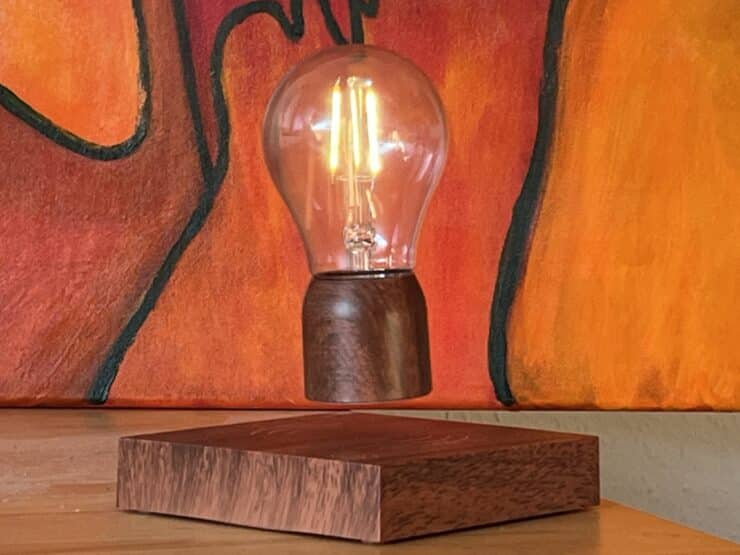The term pontocerebellar hypoplasia (PCH) refers to a group of disorders characterized by abnormal brain development leading to severe intellectual and physical disability.
They are inherited in an autosomal recessive manner.
The term derives from pons (bridge), cerebellum and hypoplasia (underdeveloped structure) and thus describes the visible structural abnormalities of the brain that are found e.g. on MRI scans. In affected individuals, the cerebellum and the pons – a brain region that serves as an important relay center and is responsible for vital functions such as respiration and heart rate – are markedly underdeveloped. Both regions are also crucial for motor coordination.
In addition, the cerebrum may also show abnormalities. Besides severe developmental impairment, many affected children frequently experience seizures.
Classification of Pontocerebellar Hypoplasias
Despite the common features described above, the various forms of pontocerebellar hypoplasia differ with respect to the underlying genetic causes and their clinical manifestations. Because PCH is an extremely rare condition, many subtypes have only been described in a small number of patients. As of 2025, 17 PCH subtypes have been identified, some of which are further subdivided.
The best-characterized and more frequently observed subtypes are described below, with a focus on their clinical symptoms. The molecular genetic causes are reviewed in detail in the article “What’s new in pontocerebellar hypoplasia? An update on genes and subtypes” by van Dijk et al. (see References).
PCH 1
In addition to the characteristic brain abnormalities, affected individuals show involvement of the spinal cord. This leads to muscle weakness. Polyhydramnios (excessive amniotic fluid) is frequently noted prenatally. After birth, infants present with respiratory problems and often die early.
PCH 2
This is likely the most common subtype, further subdivided into PCH2A–F, with PCH2A being the most frequent. A choreiform movement disorder is typical of PCH2.
PCH 3
This type is characterized by hypotonia (reduced muscle tone) and hyperreflexia of the extremities. Dysmorphic facial features are present. Over time, optic atrophy (degeneration of optic nerve fibers) with severe visual impairment develops, as well as short stature. Unlike PCH2, choreiform movement disorders are absent.
PCH 4 and 5
These share many similarities with PCH2 but generally follow a more severe course, leading – with few exceptions – to death during the neonatal period. Polyhydramnios and congenital contractures are typically noted prenatally. Earlier distinctions between PCH4 and PCH5 could not be confirmed in more recent studies, and their separation is now considered obsolete.
PCH 6
Newborns present with generalized hypotonia (reduced muscle tone). During the course of the disease, spasticity, apnea, seizures, and profound developmental delay appear. There are characteristic biochemical findings such as elevated plasma lactate.
PCH 7
There is a single case report of a boy with hypoplastic male genitalia, muscular hypotonia, and apnea.
PCH 8
This type has been reported in three families. Clinical features include microcephaly, severe developmental delay, movement disorders, contractures, and seizures. The disease course appears relatively static, with no evidence of progression. It is therefore regarded as a non-progressive form of PCH.
PCH 9
This type is characterized by progressive microcephaly, severe developmental delay, cortical visual impairment, swallowing difficulties, and spasticity. There have been isolated reports of physical abnormalities, mainly affecting the face and teeth.
PCH 10
This type was identified in nine families of Turkish origin. Features include severe developmental delay, seizures, progressive spasticity, facial abnormalities, and microcephaly.
PCH 11
This is another non-progressive type of PCH that was described in seven families. Affected children present with severe developmental delay, microcephaly, and muscular hypotonia. Some patients were able to walk independently, and seizures occurred only in a minority of cases.
This entry was written to the best of our knowledge based on the reported experiences of parents of affected children. In addition, currently available data from the 2014 and 2023 Natural History Studies of PCH2 and from general medical literature has been included. It is not a substitute for consulting a medical professional. PCH2cure assumes no liability in this respect.
- Van Dijk T, Baas F, Barth PG, Poll-The BT (2018) What`s new in pontocerebellar hypoplasia? An update on genes and subtypes. Orphanet Journal of Rare Diseases 13:92
- Budde BS, Namavar Y, Barth PG, Poll-The BT, Nürnberg G, Becker C et al. tRNA splicing endonuclease mutations cause pontocerebellar hypoplasia. Nat Genet 2008; 40(9):1113–8
- Phenotypica Series PS607596: Ponteocerebellar hypoplasia; 2023 [cited 2023 Mar 22]. Available from: URL: https://www.omim.org/phenotypicSeries/PS607596?sort=phenotypeMimNumber
- Barth P G, Blennow G, Lenard H-G, Begeer J H, van der Kley J M, Hnefeld F, Peters A C B, Valk J (1995) The syndrome of autosomal recessive pontocerebellar hypoplasia, microcephaly, and extrapyramidal dyskinesia (pontocerebellar hypoplasia type 2): Compiled data from 10 pedigrees. Neurology 45: 311-317
- Norman R (1961) Cerebellar hypoplasia in Werdnig-Hoffmann disease. Arch Dis Child 36: 96-101
